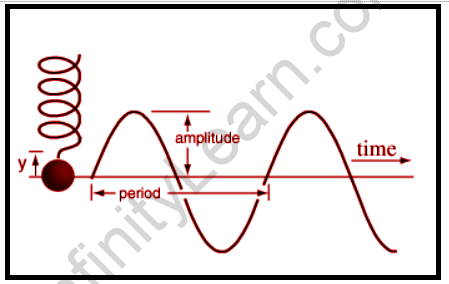Table of Contents
Introduction
Energy is a quantitative feature of matter that is a key aspect in completing a task. In general, the capability to perform work is said to be energy. For many different sorts of motions, energy is the fundamental unit. Deformations can be caused by energy, depending on its intensity. The Joule is the international unit of energy measurement. There are several different types of energy. Many objects store energy in order to carry out their functions. Batteries are devices that store both chemical and potential energy. Biomass and petroleum are both chemical energy storage systems. The stretched rubber bands store mechanical energy. Radiant energy can be seen in the form of solar energy. Gravitational potential energy is stored in rock at the top of a hill. Lightning is a type of energy storage device. In order to drive a car, gasoline undergoes a combustion process inside the engine. Chemical energy is transformed into mechanical energy in this process.
Overview
Simple harmonic motion is the motion of an object that goes back and forth along a straight line around a mean location. Simple harmonic motion is experienced by a pendulum. It swings back and forth around the center, where the string and bob are in motion. Oscillations are the motions of pendulums that display basic harmonic motion. Energy exists in all objects, whether they are moving or not. If an object moves back and forth along the same route, we can say that it is in simple harmonic motion.
Energy in simple harmonic motion is the total energy possessed by a particle while executing simple harmonic motion. Take, for example, a pendulum. It is at rest when it is in its average position. It is in motion as it travels towards its extreme position, and as soon as it reaches its extreme position, it comes to a complete stop. As a result, in order to compute the energy in simple harmonic motion, we must first determine the particle’s kinetic and potential energy.

Types of Potential Energy
Along with kinetic energy, potential energy is one of the two basic types of energy. Potential energy can be categorized into two:
(1) Gravitational Potential Energy: The energy possessed by an object as it rose to a particular height against gravity is known as gravitational potential energy.
(2) Elastic Potential Energy: Elastic potential energy is the energy held in items like rubber bands, trampolines, and bungee cords that can be compressed or stretched. If an object has more elastic potential energy, then it can stretch more. Any object that accumulates elastic potential energy has a high elastic limit, yet all elastic objects have a load limit. Here, it is clear that the object will not come back to its original shape if it is deformed beyond the elastic limit.
Examples of Potential Energy and Kinetic Energy
An increase in weight, water that has been held back by a dam, an automobile parked at the summit of a hill, water from a river cascades to the top of a waterfall are some of the examples of potential energy.
The person walking, a baseball being thrown, a crumb falling off a table, and a charged particle in an electric field are all instances of kinetic energy in action.
Difference Between Kinetic and Potential Energy
| Kinetic Energy | Potential Energy |
| It is the type of energy that exists in a body as a result of its motion. | It is the type of energy present in a body as a result of its state. |
| It’s simple to transmit from one body to another. | It cannot be transferred. |
| The variables that calculate or determine kinetic energy are speed or velocity and mass. | The variables that determine potential energy are height or distance and mass. |
| Kinetic energy can be seen in the form of flowing water. | Potential energy can be seen in the form of water at the summit of a hill. |
| In terms of nature, it is relative. | In terms of nature, it is said to be non-relative. |
The information about energy in simple harmonic motion from various physics-related articles is available here. Energy in simple harmonic motion and its general concepts are important topics in physics. Students who want to flourish in physics need to be well known about different types of energies in simple harmonic motion to get deep knowledge about it to do well on their exams. The definitions and brief explanations are provided here to assist students in effectively understanding the respective topic. Continue to visit our website for additional physics help.
Also read: Important Topic Of Physics: Nuclear Fission and Fusion
FAQs – Frequently Asked Questions
Explain the relationship between potential and kinetic energy?
In physics, potential and kinetic energy are closely related in that they can both be changed into one another. We can consider the water that is held in a tank. When the tank's tap is turned off, the water in the tank has potential energy. Whenever the tank's tap is made on the condition, the water gains kinetic energy.
What are the main factors that gravitational potential energy an object depends on?
The quantity of gravitational potential energy possessed by an object is determined by its height above ground and mass. The more gravitational potential energy an object has, the heavier it is and the higher it is above the ground.
What are the applications for simple harmonic motion?
Since we all know, science is divided into two branches: theoretical and applied. A good example of applied science is Simple Harmonic Motion. The principle of simple harmonic motion can be seen in the hands of a clock, particularly in the hands of old grandfather clocks. It's also used in musical instruments, automobile shock absorbers, and when we go bungee jumping. The simple harmonic motion is used in the diving board, the hearing process, a metronome, and even earthquake-proof buildings.





